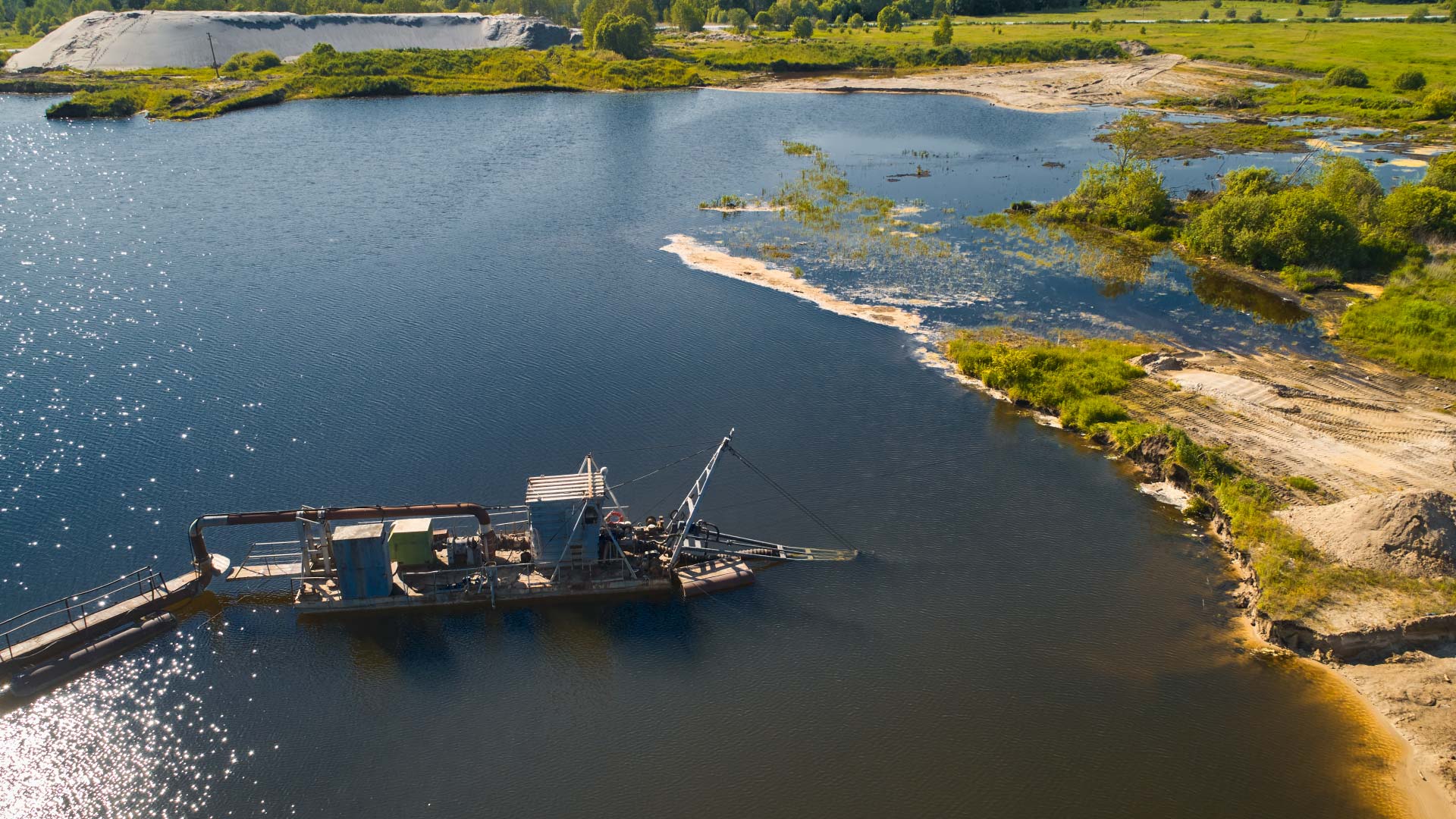- The Science Behind River Sedimentation and Flooding
- Why Dredging is Essential for Flood Control
- Types of Dredging Techniques for Flood Prevention
- Environmental Considerations in Dredging Projects
- The Economic Impact of Flood Prevention Through Dredging
- Collaborating with Experts for Effective Dredging
- Proactive Steps for Sustainable River Maintenance
- Conclusion
The Science Behind River Sedimentation and Flooding
Flooding is a natural disaster that can devastate communities, causing loss of life, damage to property, and disruption of local economies. In many cases, flooding is exacerbated by the accumulation of sediment and debris in rivers, which obstruct water flow and raise the likelihood of overflow during heavy rainfall. Regular dredging offers a proactive approach to managing these risks by maintaining the natural flow of waterways. This article explores the science behind sedimentation, the importance of dredging, and the steps necessary for sustainable river maintenance.
How Sediment and Debris Accumulate in Rivers
Over time, rivers naturally collect sediment, silt, and organic debris from upstream sources. Activities such as deforestation, agriculture, and construction can accelerate this process, increasing the rate at which sediment is deposited in riverbeds. These deposits reduce the water-carrying capacity of the river, creating bottlenecks that impede flow.
In addition to sediment, rivers often accumulate larger debris such as tree branches, garbage, and even abandoned equipment. This debris can form obstructions, further reducing the river’s capacity to handle high volumes of water.
The Mechanics of River Overflow During Heavy Rainfall
When heavy rainfall occurs, rivers must accommodate an increased volume of water. If sediment and debris have narrowed the channel, the water has nowhere to go but over the riverbanks, leading to flooding. In urban areas, this overflow can inundate homes, businesses, and infrastructure, while in rural regions, it can destroy crops and displace wildlife.
Why Dredging is Essential for Flood Control
How Dredging Restores Natural River Flow
Dredging involves the removal of accumulated sediment and debris from the riverbed and banks, restoring the river’s natural capacity to handle water flow. By clearing these obstructions, dredging ensures that water can flow freely, even during periods of heavy rainfall. This reduces the likelihood of overflow and minimizes the impact of potential flooding.
Benefits to Urban and Rural Flood-Prone Areas
In urban areas, dredging protects critical infrastructure such as roads, bridges, and buildings from water damage. It also reduces the financial and social costs associated with flood recovery. For rural areas, dredging safeguards agricultural lands and preserves the livelihoods of farmers who depend on these lands for their income. Additionally, dredging helps maintain habitats for aquatic life by preventing the stagnation of water.
Types of Dredging Techniques for Flood Prevention
Hydraulic Dredging
Hydraulic dredging uses powerful pumps to suck up sediment and water, transporting the mixture to a designated disposal area. This method is ideal for removing fine sediments over large areas and is highly efficient for deep or wide rivers.
Mechanical Dredging
Mechanical dredging involves the use of heavy machinery, such as excavators and clamshell buckets, to physically scoop out sediment and debris. This technique is better suited for targeted dredging in smaller areas or where large debris is present.
Choosing the Right Method Based on River Conditions
The choice between hydraulic and mechanical dredging depends on the specific conditions of the river, including its size, sediment composition, and the type of debris present. Consulting with dredging experts ensures that the most effective and environmentally responsible method is selected.
Environmental Considerations in Dredging Projects
Minimizing Ecological Impact
While dredging is essential for flood prevention, it must be conducted in a way that minimizes harm to the environment. This includes avoiding disruption to aquatic habitats, especially during critical periods such as spawning seasons for fish.
Strategies to Preserve Aquatic Life While Clearing Debris
Techniques such as using silt curtains and scheduling dredging activities during off-peak ecological periods can help protect aquatic life. Additionally, replanting vegetation along riverbanks after dredging helps stabilize the ecosystem and prevent future sediment runoff.
The Economic Impact of Flood Prevention Through Dredging
Cost Comparison: Preventive Dredging vs. Flood Recovery
Preventive dredging is a cost-effective measure compared to the expense of flood recovery. Flood damage often requires significant investment in repairs, emergency services, and humanitarian aid. In contrast, regular dredging can prevent these disasters from occurring in the first place.
Long-Term Savings for Communities and Governments
By reducing the frequency and severity of floods, dredging saves money for local governments, insurance companies, and residents. These savings can then be reinvested into other critical infrastructure and community development projects.
Collaborating with Experts for Effective Dredging
Importance of Skilled Dredging Contractors
Professional dredging contractors bring expertise, specialized equipment, and best practices to ensure that projects are completed efficiently and responsibly. Their experience is invaluable in navigating the challenges of sediment removal in diverse environments.
Role of Technology in Modern Dredging Solutions
Advancements in technology, such as GPS-guided dredging equipment and real-time monitoring systems, have made dredging more precise and environmentally friendly. These tools ensure that sediment removal is thorough without causing unnecessary disruption.
Proactive Steps for Sustainable River Maintenance
Integrating Dredging with Broader Flood Management Plans
Dredging should be part of a comprehensive flood management strategy that includes levees, floodplains, and early warning systems. This integrated approach ensures long-term protection against flooding.
Public Awareness Campaigns to Highlight Dredging’s Importance
Educating the public about the role of dredging in flood prevention helps build support for these initiatives. Awareness campaigns can also encourage community participation in maintaining clean waterways and reducing sediment runoff.
Conclusion
Flood prevention is not just about responding to disasters but taking proactive measures to mitigate risks before they arise. Regular dredging plays a vital role in maintaining river flow, protecting communities, and preserving ecosystems. By investing in sustainable dredging programs and collaborating with experts, we can ensure that our rivers remain clear, our communities safe, and our environments healthy for generations to come.
